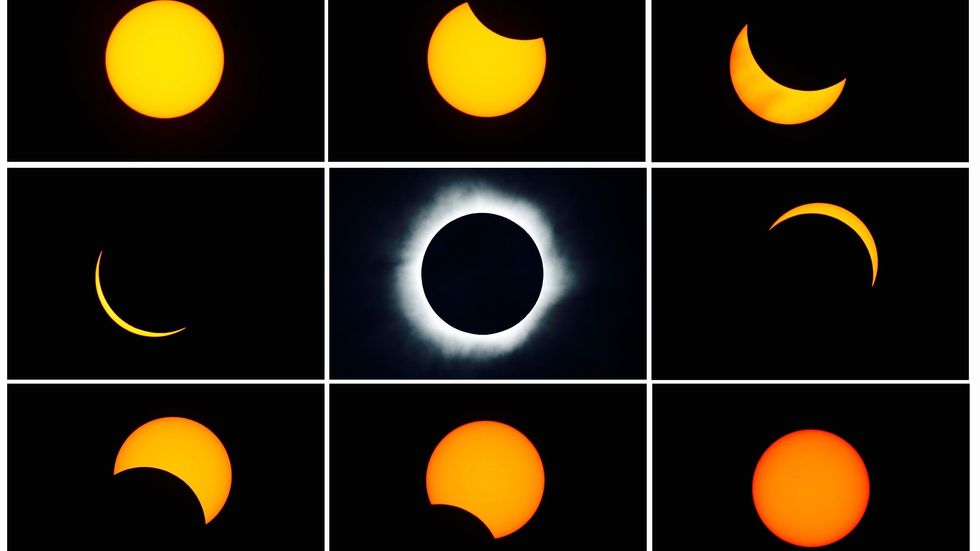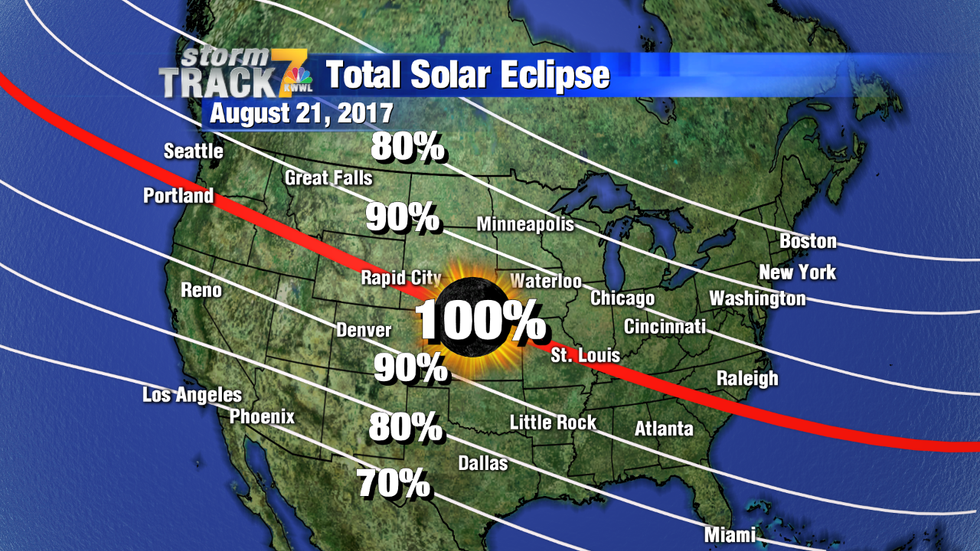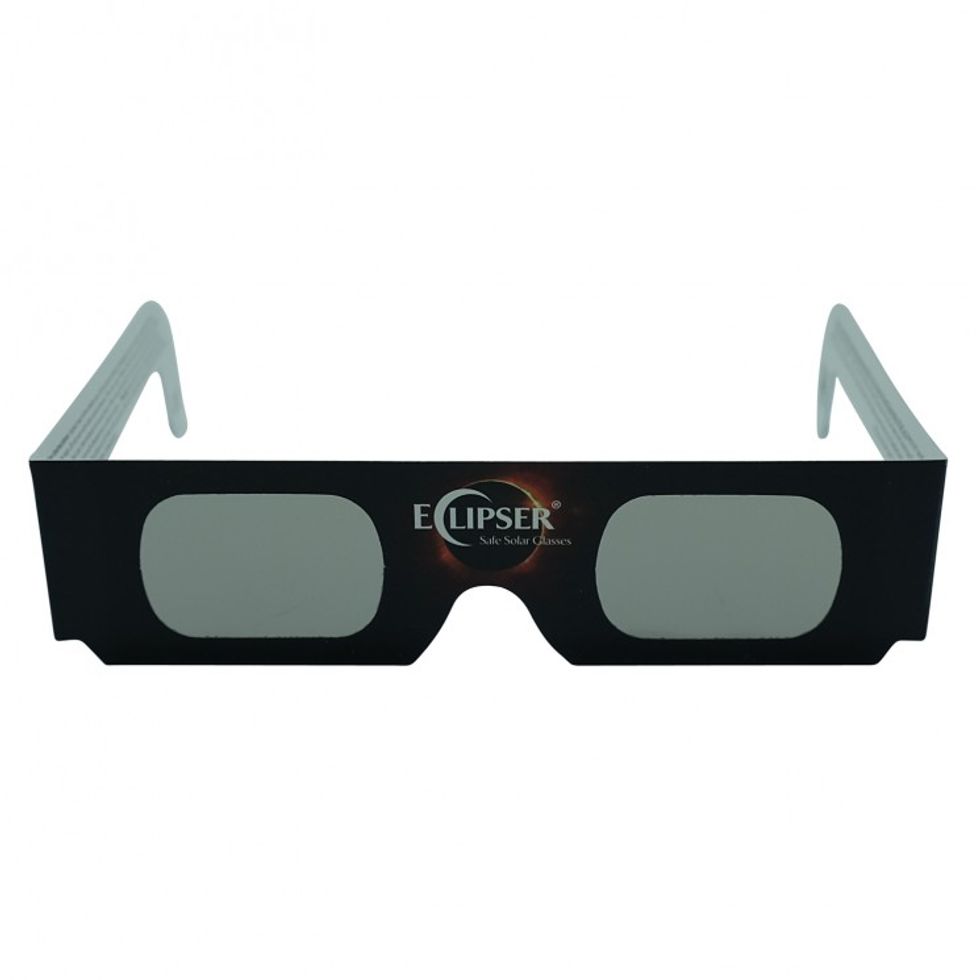America was plagued with the hype of the solar eclipse that occurred on August 21, 2017. Radio shows, the news, and social media had wall to wall coverage of this phenomenal event in the weeks leading up to the event.
The word of the day on August 21 had to be “totality” which is where the moon completely covers the sun. The path of totality stretched from Salem, Oregon to Charleston, South Carolina and spanned across portions of fourteen states. The path measured around 70 miles wide. Locations outside of this path experienced a partial solar eclipse, which means the moon did not completely cover the sun. People in North America, plus parts of South America, Africa, and Europe could see at least a partial eclipse. The last time the contiguous United States saw a total eclipse was in 1979. The longest duration of totality ended up lasting around two minutes and forty seconds.
The major concern for everyone was eye safety. During certain phases of the eclipse, it was imperative to keep glasses on. These phases included: the partial eclipse, the diamond ring, Bailey’s Beads, and the final stages. The only point at which it was safe to remove the glasses was during the point of totality. You had to admire this celestial phenomenon quickly because the point of totality lasted only minutes. Glasses were not the only viewing method, though. Some sun watchers used telescopes fitted with solar filters, while others used various projection method to view the sun.
Personally, I listen to Rick and Bubba in the morning as I am getting ready for the day. One of the hot topics surrounding the eclipse that they discussed was eyesight safety for both humans and animals. The popular radio show though that eclipse glasses for animals was borderline foolish. Their argument was that animals did not need eye protection during the eclipse because they would start acting like it was night time and go to bed. Special solar eclipse glasses were marketed for people to buy for their household pets that would potentially be roaming around outside during the time of totality. Once the word got out, glasses could not be found for humans, so they quickly became a black-market item. In my college town, there was only one store that had a very limited supply of the coveted glasses the day before the big event. Those that were lucky enough to find a pair of glasses, were kind enough to allow their friends to borrow their sun shades. NASA had a live stream of the eclipse on their website. This enabled people to view the eclipse safely without fear of faulty glasses or risking their unaided eyes. Other places such as National Parks and zoos set up so people could fully envelope themselves in nature to view the eclipse.
The next eclipse is scheduled to occur in 2024.




















